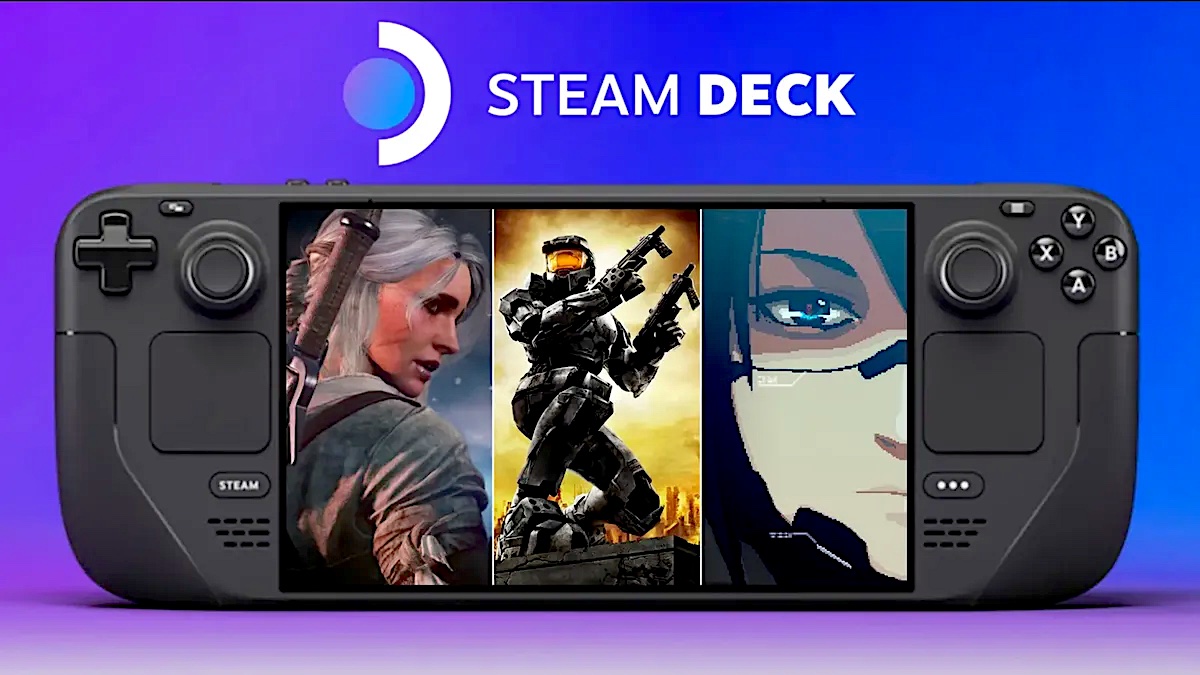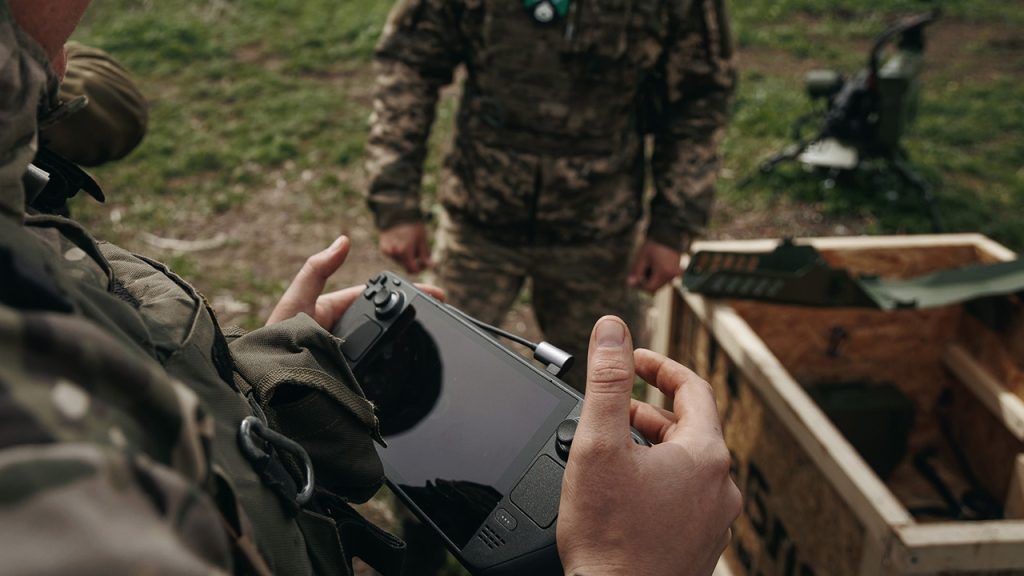
Worldwide PC sales are down so far this year and those looking to build PCs have plenty of parts availability, including the promotion-laden RTX 4070 that NVidia has allegedly paused producing, supposedly due to poor sales. Apple has also reportedly paused production of the M2 and M2 Pro in their new MacBook Air, MacBook Pro, and Mac Mini models. There’s also a potential PR nightmare involving the “melting” of AMD’s Ryzen 7 7800X3D and some AM5 motherboards. Intel revealed it’s worst earnings reports in company history. Sounds bad, but this is an opportunity for these companies to refocus and explore concepts they previously abandoned.
It’s not all bad for semiconductor companies because they are diversified, but the issue now is that people are spooked and layoffs mean boredom and non-tech companies are likely buying fewer new machines for their employees. So, what should AMD do to stand out from the crowd? Seems like an excellent time to pivot toward products for bored consumers, the type companies might never buy for their employees, or would they?

AMD already won the console wars with the Xbox Series X and S and Sony Playstation 5 and now it’s time to explore handheld Windows and this time it’s not Windows CE. While the NVidia-powered Nintendo Switch held firm for years, AMD’s partnership Valve already brought us the Steam Deck, powered by RDNA 2 architecture, similar to what’s found in Xbox and PS5. And these RDNA-based systems are powerful because they feature super-fast memory shared between the CPU and GPU that allows for dynamic allocation of resources between both depending on the task. While the concept might sound familiar to Apple Silicon’s “Unified Memory” branding, AMD’s shared memory in Xbox and PS5 is GDDR6 (compared to Apple’s LPDDR4 and LPDDR5), so AMD is using the caliber typically reserved for the GPU to feed the CPU as well. Fun fact: Sony’s Playstation 5 has now outsold every other console in history, surpassing 38 million units sold.

Since user demand for conventional PCs is down and the Steam Deck appears successful, AMD thinks it’s time to double down and partner with PC manufacturers to produce X86 handheld devices that could compete with Nintendo Switch while delivering better displays and higher-fidelity graphics running full Windows rather than Steam OS. Meanwhile, Microsoft is preparing to enhance this experience with a new handheld mode for Windows 11. And starting at $399, Steam Deck is apparently rugged enough for military service. It also accepts the super-compact 2230 m.2 NVMe, the same found in Microsoft Surface and XBox Series S and X.


While Intel and Apple appeared to compete mostly alone in the miniPC space with Mac mini and Intel NUC, AMD was actually late in providing miniPC options through their third-party manufacturers. All these devices were essentially laptop parts. But the NUC has not been popular outside industrial applications.

AMD’s new “handheld” APUs are called the Z1 and Z1 Extreme, designed to deliver console-caliber graphics on a Windows-based system that could blur the lines between console and PC in an exciting new way to deliver a device far more versatile than any form factor before it. And thanks to “AI” resolution scaling technology, we expect modern games for the last several years are already optimized to reach beyond 60 Hz for buttery-smooth performance at 1080p and beyond. The first mainstream device appears to be the ASUS ROG ally, rumored to start at $599.
This “handheld” form factor could be revolutionary because traditional gaming laptops tended to be bulky and miniPCs are somewhat practical for offices, but maintained the primitive power systems of a traditional desktop. Here are some reasons why a handheld could replace a console, miniPC, your UPS battery, and even a traditional desktop PC:
-
- The architecture is already similar to gaming consoles, so it should be easier for developers to optimize their games. And unlike gaming consoles, Windows 11 makes sense for productivity tasks involving web-based apps.
- It would work with existing Thunderbolt / USB-C docks, not only for displays and peripherals, but also for USB-PD to power the handheld. The internal battery means the UPS battery is no longer required. And it doesn’t end there.
- Laptops and newer iPads already use USB-C for power, so many users already have power sources scattered around their homes to charge their other devices.
- Z1 Extreme could offer serious amounts of memory and storage for desktop-grade operations including configurations with 16, 32, or even 64 GB of RAM and 2 TB storage options.
- Mid-range TVs from 2021 up can usually handle 1440p or 4K at 120 Hz over HDMI and gaming laptops from that same era often cannot deliver without a restart for the MUX switch, assuming they offer a MUX switch at all. This could be a compelling upgrade over gaming laptops.
But is the timing right? Will the general public recognize the benefits of a handheld? And will PC manufacturers try to make a variation that appeals to businesses once the layoffs end? Only time will tell.
